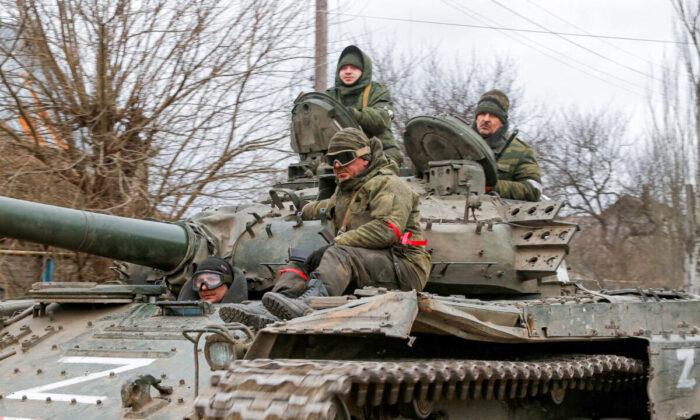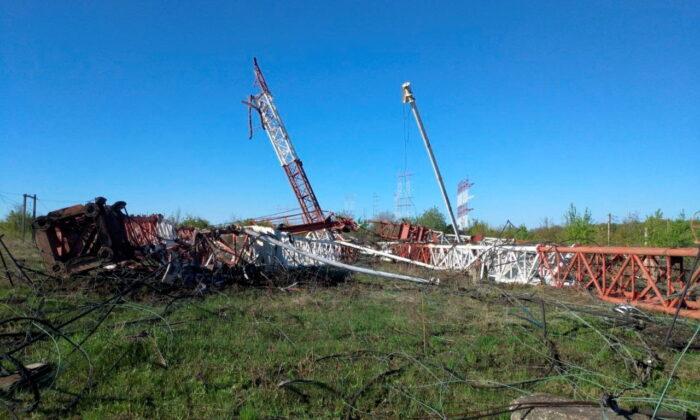President Joe Biden has declared an emergency in California as the Caldor Fire continues to threaten homes and businesses near Lake Tahoe, fuelled by powerful winds and dry conditions.
Gov. Gavin Newsom thanked the president for approving the emergency declaration that will help California secure federal assistance for emergency response and recovery efforts in El Dorado, Amador, Alpine, and Placer counties.

The declaration, approved just hours after Newsom submitted the request, will supplement state, local, and tribal government emergency services for the protection of lives, property, and public health and safety, the governor’s office said in a news release.
The president previously declared disasters in counties of Lassen, Nevada, Placer, and Plumas for the Dixie and River wildfires.
According to the White House, the DHS and FEMA are now authorized to “identify, mobilize, and provide at its discretion, equipment and resources necessary to alleviate the impacts of the emergency.”
“Emergency protective measures, limited to direct federal assistance, will be provided at 75 percent federal funding,” it said.
Although favorable weather helped firefighters working to save communities on the south end of Lake Tahoe from the approaching wildfire on Sept. 1, officials warned that stiff winds and dry conditions would mean that homes in the California-Nevada alpine region are still in danger.
“Finally, some good news on the weather side of things here on this fire,” Jim Dudley, a meteorologist assigned to the fire, said at a Sept. 1 briefing. Winds were expected to calm significantly over the next several days, he said, but risks remain with the extremely low humidity.


The Caldor Fire remained roughly three miles south of the recently evacuated city of South Lake Tahoe, moving northeast toward the California-Nevada state line, Cal Fire spokesman Henry Herrera told reporters on the evening of Sept. 1.
Crews try desperately to keep flames away from urban communities, where houses are close together, and shopping centers, hotels, and other structures would provide even more fuel for a fire that has so far been feeding on trees, grasses, and scattered homes and cabins.
“We’re still not out of the woods. The fire is still moving,” Herrera said.
Since it began on Aug. 14, the blaze has destroyed at least 700 homes and other structures and scorched through nearly 320 square miles. It still threatens at least 33,000 more homes and structures. It was 20 percent contained on Sept. 1.





